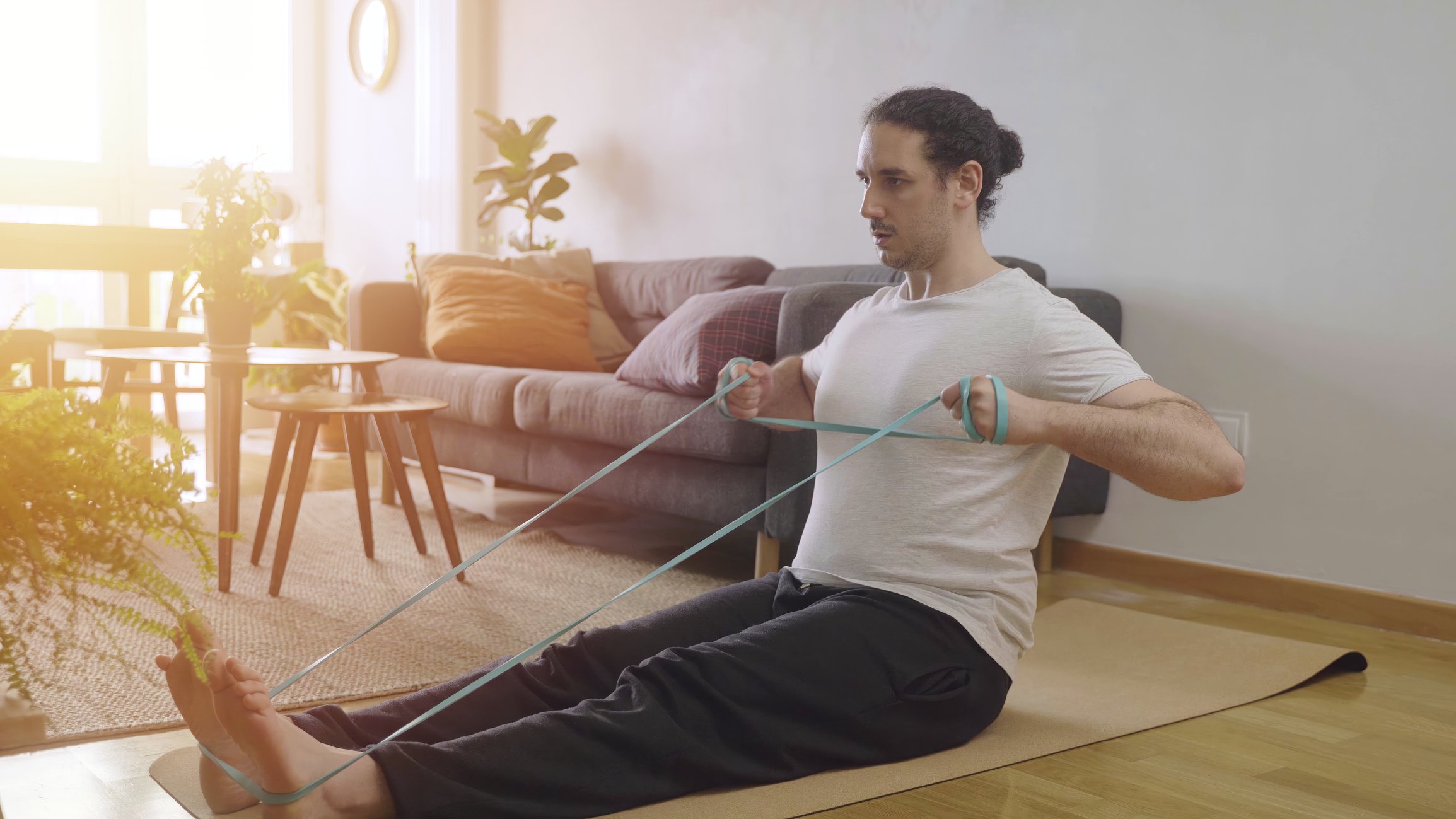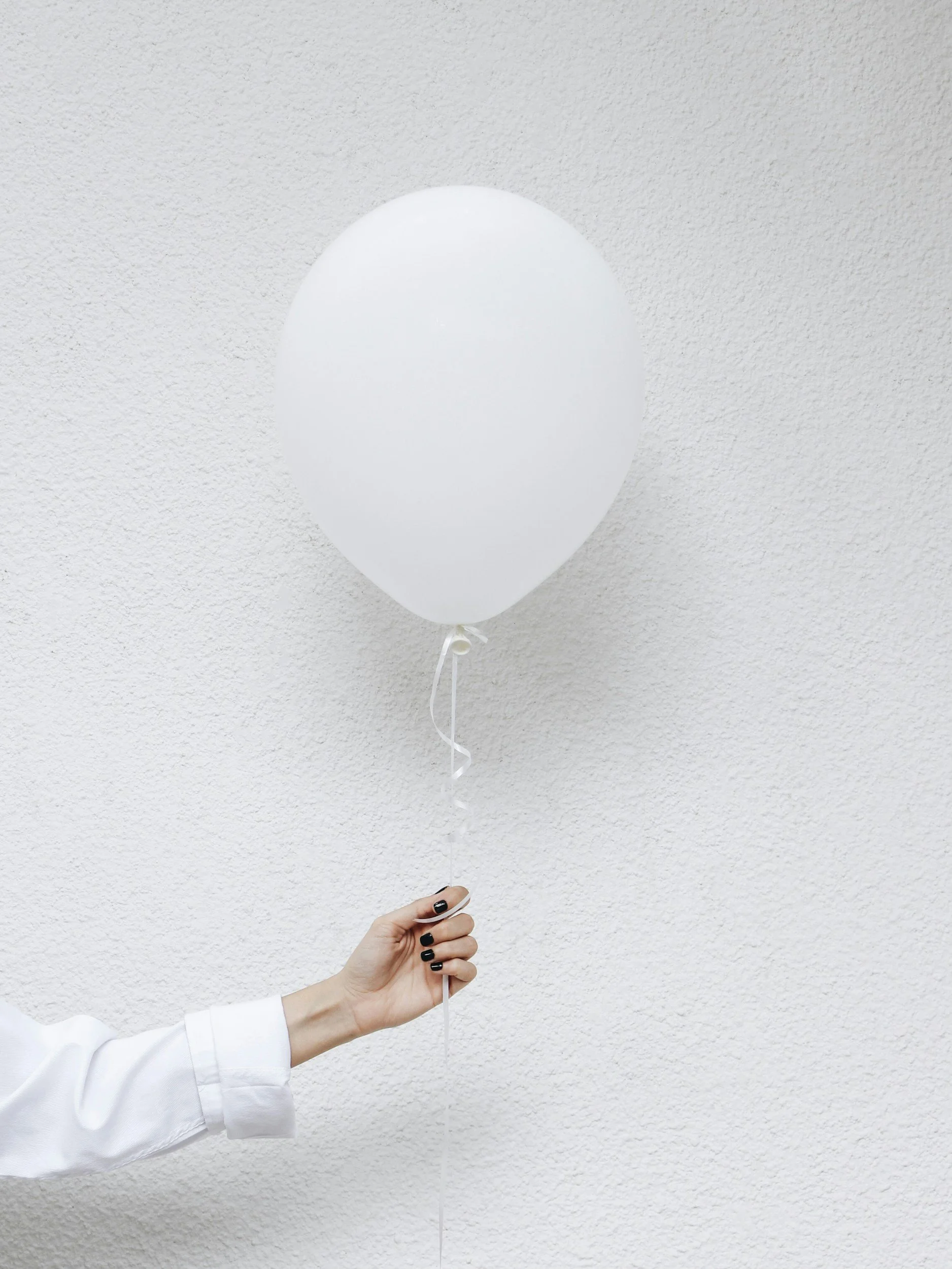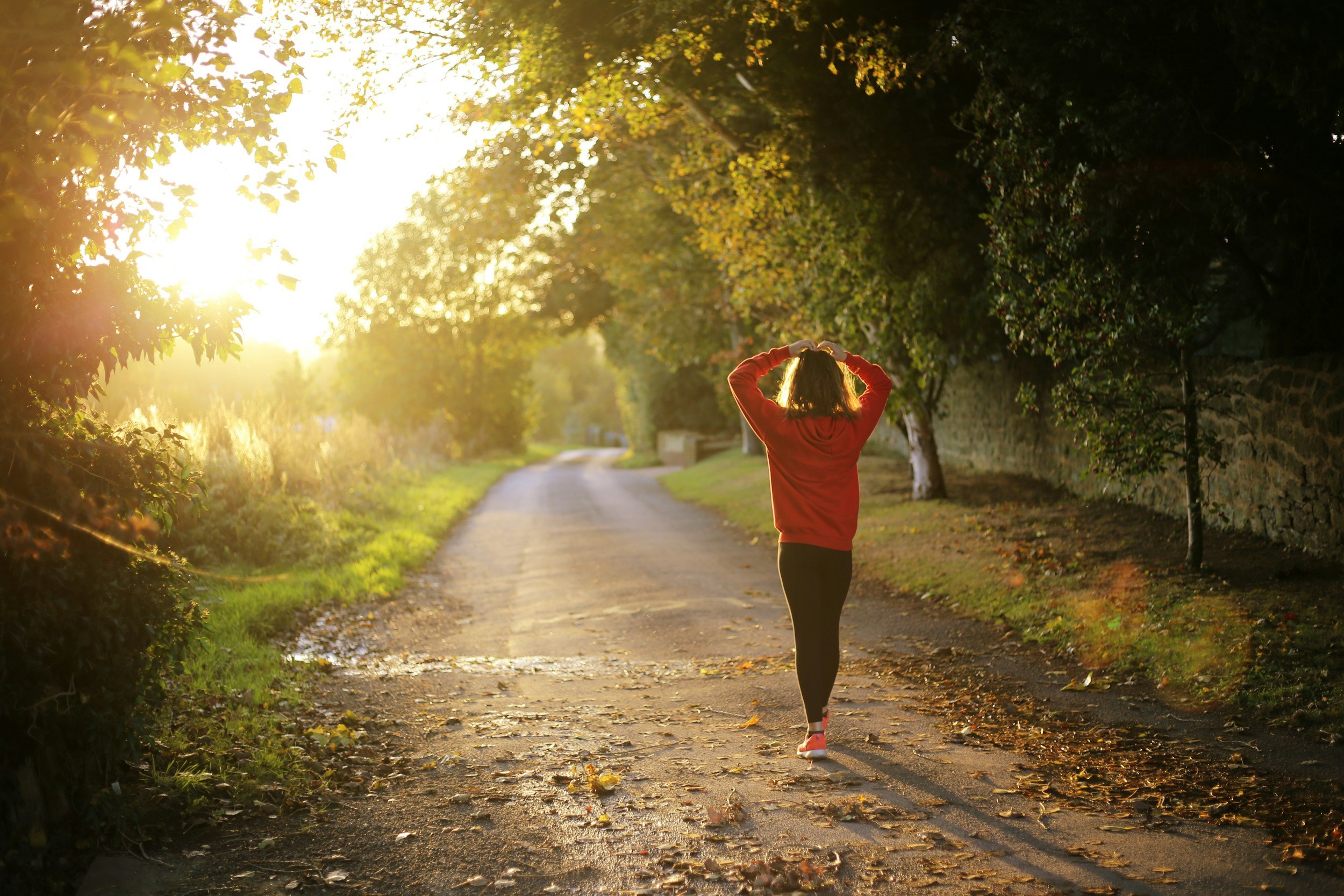How Does Physiotherapy Help with Scoliosis?
A guide to scoliosis and how targeted exercises can benefit you or your child.
Scoliosis is a three-dimensional, abnormal curve of the spine, and it’s most often diagnosed in children or teens. Women are also more likely than men to have scoliosis. The condition is not always outwardly noticeable, but some people with scoliosis may lean to one side or have one shoulder or hip higher than the other, due to the curve of their spine.
Everyone experiences scoliosis differently, with some having pain and limitations, whereas others with a significant curve may be pain free and barely know they have it. There are even Olympians and world record holders who have significant scoliosis.
What are the different types of scoliosis?
Functional scoliosis is not a true curve of the spine but could be a leg length discrepancy or it could be a postural asymmetry (this often does not require treatment)
Structural scoliosis is a true curve in the spine, where the spine is shaped differently.
What is scoliosis usually caused by?
More than 80% of kids and teens with scoliosis have what’s known as Adolescent Idiopathic Scoliosis (AIS). The cause for AIS is unknown, but it starts during a growth spurt, where one side grows faster than the other, followed by some rotation.
A minority of cases of scoliosis are caused by other medical conditions including: cerebral palsy, muscular dystrophy, and Marfan syndrome. As some adults age, they may experience changes in the discs and joints of the spine and a reduction in bone density that causes scoliosis.
“Working with a physiotherapist who follows the latest science-backed evidence on scoliosis can help you make informed decisions on how to best stay active and reach your goals.”
Do scoliosis curves progress?
Scoliosis tends to progress the most during growth spurts. For this reason, the younger someone is, the more likely the curve might progress. Smaller curves are also less likely to progress. The treatment required for Idiopathic Scoliosis can vary a lot depending on the age of diagnosis and the degree of the curve.
How is scoliosis treated?
Parents who are worried their child may have scoliosis should definitely see their GP for a screening. Research shows that the Schroth method is especially effective for AIS when children are still growing.
In some cases, especially with larger curves, a custom back brace and specific scoliosis exercises provide the best outcomes.
What is Schroth Therapy?
The Schroth form of physiotherapy was started by Katharina Scroth in Germany in 1921 and developed into the most recognized, exercise-based approach for scoliosis treatment. It involves analysing the spinal curve and learning three-dimensional exercises to bring the spine to a more natural position. It has been found to be the most appropriate for AIS.
“Everyone experiences scoliosis differently, with some having pain and limitations, whereas others with a significant curve may be pain free and barely know they have it. ”
Staying active and reaching your goals
Not all scoliosis needs treatment and each case is unique. Working with a physiotherapist who follows the latest science-backed evidence on scoliosis can understand your particular case, and help you make informed decisions on how to best stay active and reach your goals.
At Tall Tree Health, our physiotherapists are leaders, educators and innovators in their field, and you can expect the highest standard of care.


































